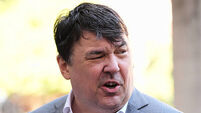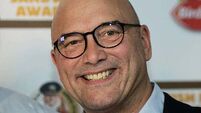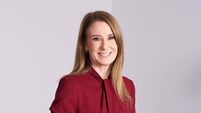Staking your money in a risky financial world

However, regardless of your current situation or perception of the world, only you can change it for the better.
It is important to remember that the outlook for the global economy and financial markets is as it always is: Uncertain, highly uncertain. Of course, the challenges and the opportunities might be slightly different from this time last year, but we can expect a range of possible outcomes.
















